Last Updated on April 23, 2023 by Packoi Team
When it comes to paper options, kraft paper and white cards are two popular choices. In this blog post, we will explore the characteristics, advantages, and disadvantages of each paper type and how to choose the right paper for your printing project.
What is Craft Paper?
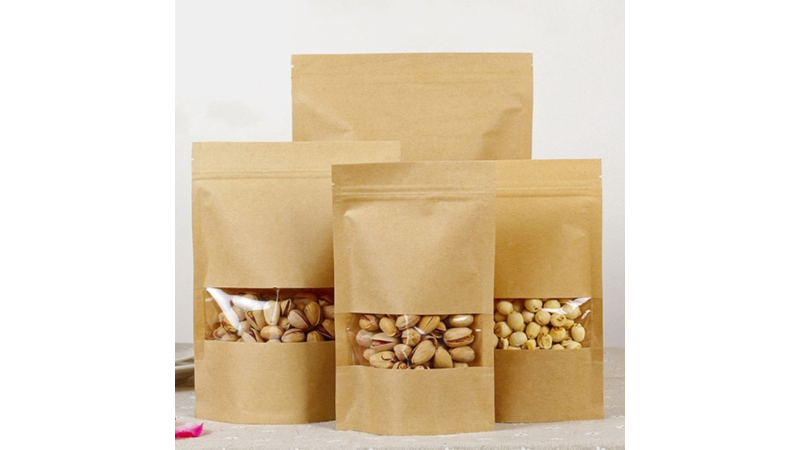
Craft paper, also known as kraft paper, is a type of paper made from wood pulp. It is a rough, textured sheet of paper that comes in various shades of brown. It is known for its strength and durability.
Advantages of Craft Paper in Printing
- Affordable: Craft paper is a cost-effective option that is widely available in different sizes and thicknesses.
- Unique Appearance: Craft paper has a distinctive, rough texture that can give a unique, rustic look to printing projects.
- Environmentally Friendly: Craft paper is often made from recycled packaging materials, making it a more environmentally friendly option than other paper types.
- Durable: Craft paper is known for its strength and durability, which makes it ideal for printing projects that require a sturdy material.
Disadvantages in Printing
- Color Accuracy: The paper can absorb ink, which can lead to a loss of color accuracy in printing projects.
- Limited Printing Techniques: The paper may not be suitable for all types of printing techniques, such as laser printing, which can cause the paper to curl or burn.
- Limited Color Options: The paper typically comes in different shades of brown, which may not be suitable for all printing projects that require a wider range of color options.
- Not Suitable for High-Quality Printing: Due to its rough texture, the paper may not be suitable for printing projects that require high-quality images or text.
Common Uses
This paper is a versatile material that has a wide range of uses beyond printing. Here are some common uses of craft paper:
- Packaging: Craft paper is often used for packaging materials, such as craft paper boxes, bags, and wrapping paper. Its durability and strength make it ideal for protecting products during shipping and handling.
- Paper Crafts: The unique texture and appearance of this paper make it a popular choice for arts and paper crafts projects, such as scrapbooking, card making, and origami.
- Stationery: Paper is commonly used for printing invitations, menus, and other stationery items. Its rustic appearance can add a touch of elegance to these items.
- Book Covers: The paper is sometimes used as a cover material for books, particularly for those with a vintage or rustic look. It can also be used to make scrapbook paper designs.
- Labels and Tags: This paper is ideal for creating labels and tags for products or gifts. Its texture and appearance can give these items a personalized and handmade feel.
- Wallpaper: Another important application of this type of paper is that it can be used as a wallpaper material for an industrial or rustic look.
- Artwork: This paper can be used as a canvas for drawing or painting, particularly for mixed media or textured artwork. It is among the paper types that can be used for making artwork.
What is White Card?
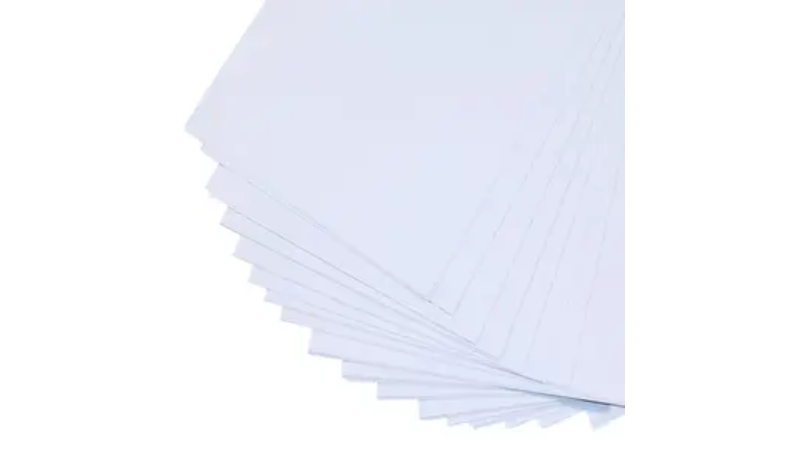
The white card is a type of thick, heavy paper that is commonly used for printing invitations, business cards, and other high-quality stationery items. It is a smooth, glossy paper that comes in various thicknesses and finishes. It is ideal for business printing promotional materials and card making.
Advantages in Printing
White card stock, also known as cardstock or cover stock, is a thicker and more expensive paper option commonly used for printing projects requiring high-quality images and text. Unlike the slightly rough kraft option, the white cardstock comes with a white background
Here are some advantages and disadvantages of using the white card for printing:
- High-quality printing: White card provides excellent print quality and color accuracy, making it a suitable option for printing high-quality images and text. With high-quality printing, white cardstock is preferred for designing and printing promotional materials.
- Professional Appearance: White card has a smooth and polished surface that gives a professional look and feel to printed materials, such as business cards, brochure sheets, and flyers. It is ideal for making all types of promotional materials for your business.
- Durable: White card is thicker and more durable than cardboard or regular paper, making it a suitable option for printing materials that need to withstand wear and tear, such as menus or bookmarks. The durability is enhanced by the process it undergoes during the manufacturing process.
- Versatile: White card is available in various thicknesses, textures, and sizes, making it a versatile option for different printing projects. White cardstock can be used in making paper flowers because it comes in different paper thickness options. It can also be used to make scrapbook paper, depending on the thickness used.
Disadvantages of White Card in Printing
- Expensive: White cards are more expensive than regular paper, making them less affordable for printing projects.
- Limited Color Options: White card is typically only available in white or off-white colors, which may not be suitable for some printing projects that require a wider range of color options.
- Limited Texture Options: White card is smooth, which may not be suitable for printing projects that require a textured or patterned surface. It cannot be used as construction paper because it is thinner than the kraft type.
- Limited Availability: White cards may not be as widely available as regular paper, making it more difficult to source locally. The papermaking process is expensive, which makes it a rare type in the market.
- Compatibility issues: Some printers may not be compatible with thicker paper options, which may require achieving the best printing results. If you are using a laser printer, you need to use the correct paperweights to get the best results. The best approach is to test print before letterpress printing to guarantee the best outcome.
Common Uses
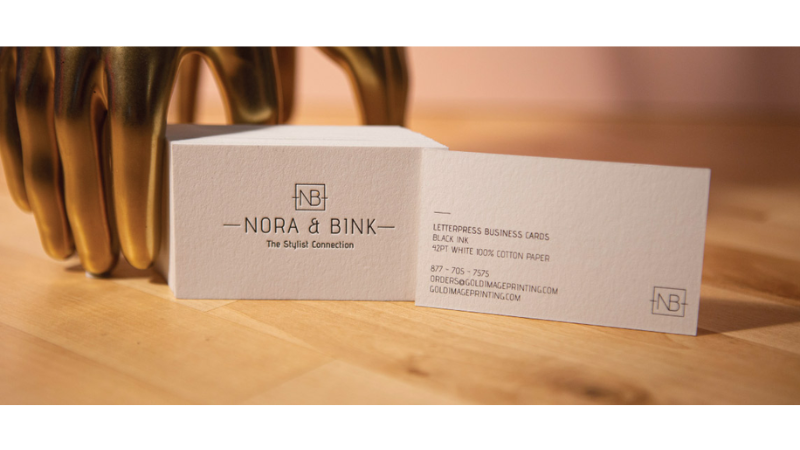
The white card is a versatile material that can be used for a wide range of printing projects. Here are some common uses of white card paperweights:
- Business Cards: A white card is a popular option for printing business cards because of its professional appearance and durability.
- Invitations and Greeting Cards: White card is often used for printing invitations and greeting cards, as its thickness and smoothness provide a high-quality look and feel to these materials.
- Posters and Flyers: White cards are suitable for printing posters and flyers, particularly those requiring high-quality images and text.
- Brochures and Booklets: White card is commonly used for printing brochures and booklets because of its durability and professional appearance.
- Packaging: White card is often used for packaging materials, such as boxes, cartons, and inserts. Its thickness, weight and durability provide protection to the products inside.
- Menus: A white card is a suitable option for printing menus because of its durability and the ability to print high-quality images of food.
- Book Covers: White cards can be used as a cover stock for books, particularly for those requiring a sturdy cover with a professional appearance.
- Art Prints: White cards can be used for printing art prints, as its smooth surface and high-quality printing capabilities can showcase artwork in the best possible way.
Comparison of Craft Paper and White Card
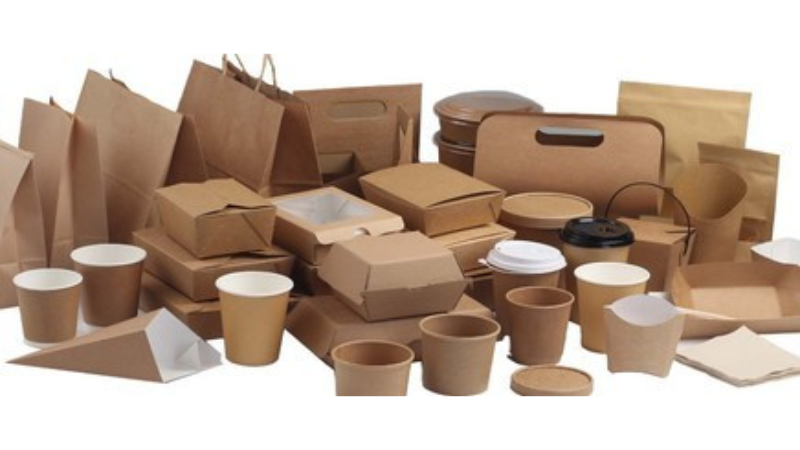
Differences in Appearance and Texture
- The craft type has a rough, textured appearance, while the white card is smooth and glossy.
- The craft type comes in various shades of light brown, while the white card is, as its name suggests, white.
Differences in Print Quality and Color Accuracy
- The white card provides better color accuracy and sharper images than the craft type.
- The craft type can absorb ink, leading to a loss of color accuracy.
Cost Differences
- The craft type is a thinner and more affordable option than the white card, which is a more expensive paper type due to its high-quality printability.
Recommended Uses for Each Type of Paper
The craft type is recommended for printing projects that require a rustic or natural look, such as invitations or stationery for outdoor or eco-friendly events. The craft option can also be used as construction paper.
On the other hand, the white card is recommended for high-quality printing projects that require excellent color accuracy, such as business cards or wedding invitations. It can also be used for designing paper flowers.
Choosing the Right Paper for Your Project
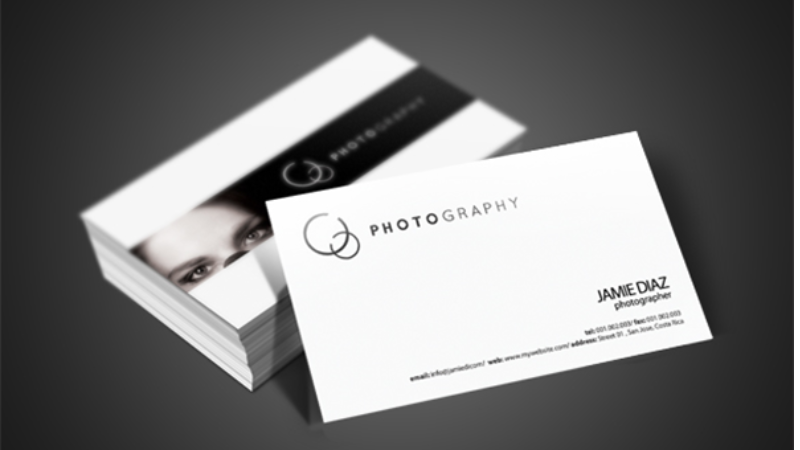
Factors to consider when choosing between the craft option and white card include:
- The desired look and feel of the final product
- The type of printing technique used
- The durability required for the project
- The budget
Tips for achieving the best results in printing include:
- Using the appropriate printing technique for the paper type
- Adjusting the printer settings for the desired color accuracy
- Generally choosing a paper type that is suitable for the project’s purpose.
Conclusion
Choosing the right paper for your printing project is essential for achieving the desired look and feel of the final product. Craft or paperboard and white card are two popular paper types that offer unique characteristics and advantages and disadvantages in printing.
While the craft option provides a rustic and natural look, it may not be suitable for projects that require high color accuracy.
On the other hand, the white card is a more expensive option but provides excellent print quality and color accuracy. When choosing between the two paper types, it is important to consider the project’s purpose, the desired look and feel, and the budget.
Understanding the difference between craft type and white card is essential for choosing the right paper for your printing project. By considering the characteristics, advantages, and disadvantages of being produced on each paper type and the project’s purpose and budget, you can achieve your final product’s desired look and feel.
Whether you choose craft option or white card, using the appropriate printing technique and adjusting the printer settings can help you achieve the best results in your printing project.
Get Your Printing Projects Done By Experts
Are you looking for a reliable printer to help with your designing services, packaging or printing projects? At Packoi, we are dedicated to assisting businesses and individuals to get the best from every investment they make.
We are always committed to delivering quality printing work by experimenting with different paper types. Get in touch with us now and request a quote.




